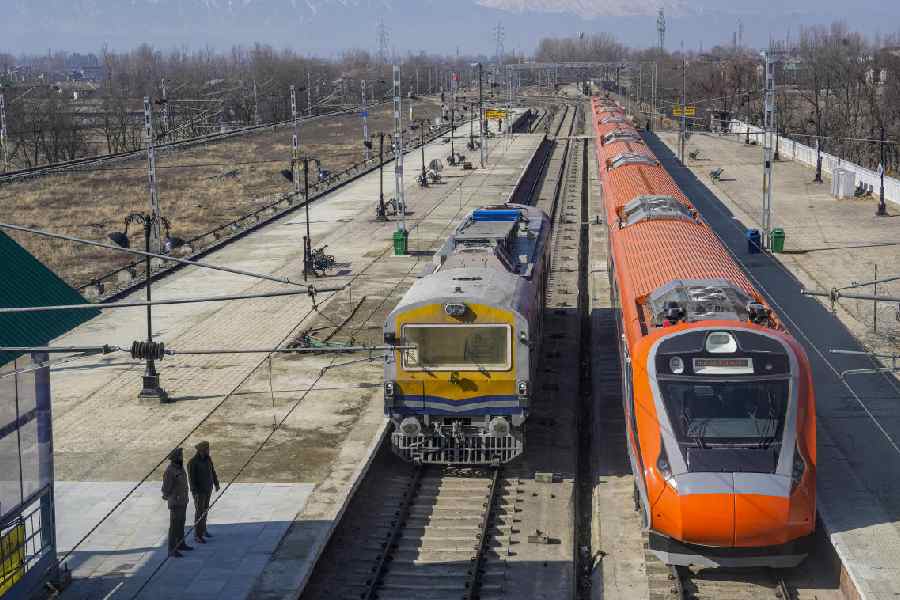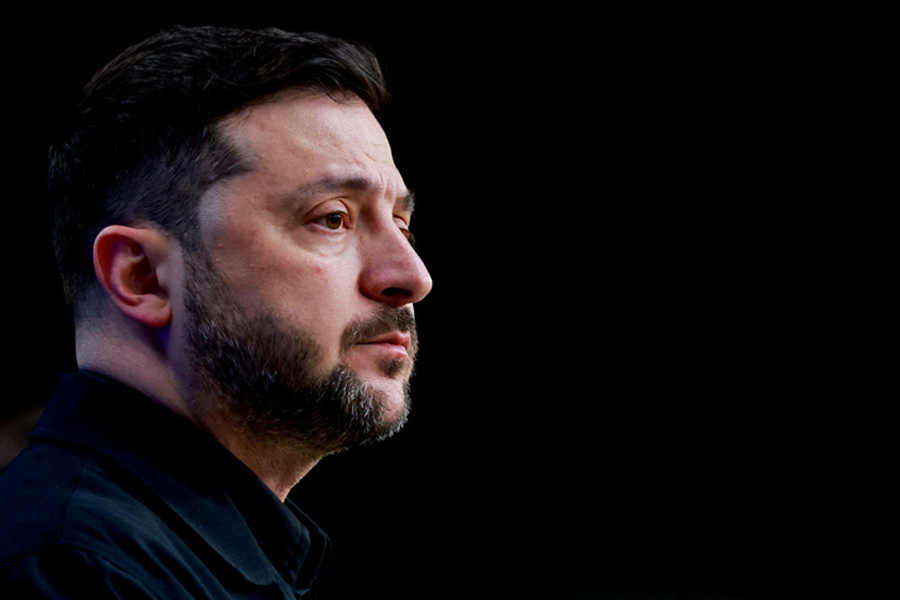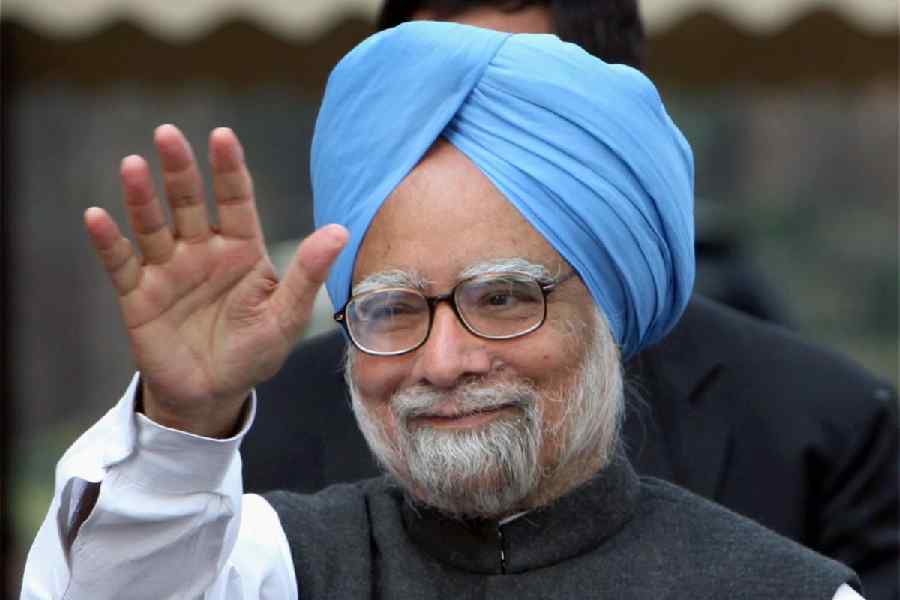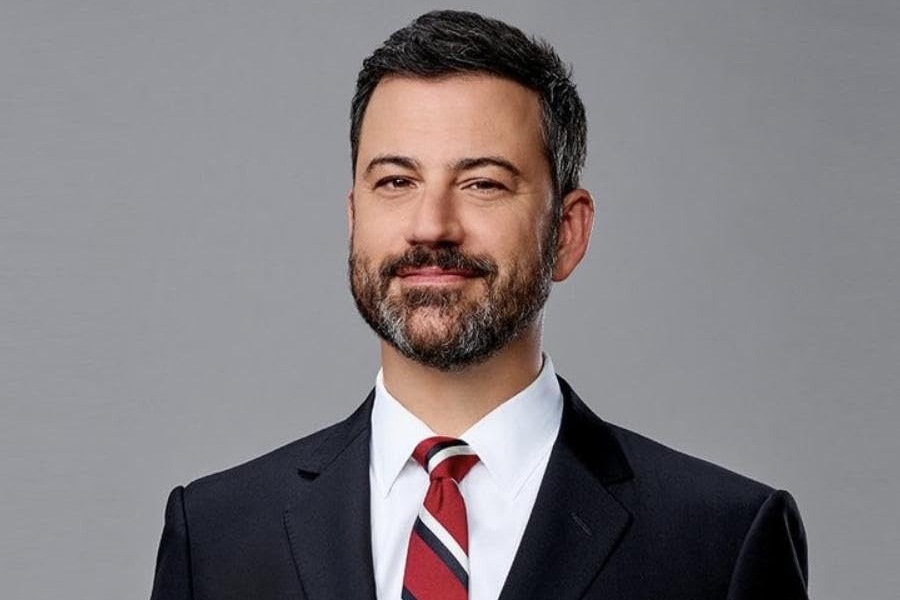The budget has maintained capital expenditure for Indian Railways at ₹2.52 trillion, keeping investments steady for a second consecutive year despite growing calls for higher spending on modernisation and connectivity.
The unchanged allocation raises concerns over the pace of infrastructure development as the national transporter seeks to expand capacity and improve efficiency.
The decision follows a record ₹2.62 trillion allocation in the previous budget, which supported electrification, station redevelopment and rolling stock procurement.
However, expectations for further increases were unmet as finance minister Nirmala Sitharaman kept the capex steady, prioritising safety, freight corridors and network electrification.
Railway minister Ashwini Vaishnaw said on Saturday the budget includes ₹4.6 trillion worth of new projects to be executed over the next four to five years. These projects cover track doubling, new lines, station redevelopment, flyovers, underpasses and the expansion of dedicated freight corridors.
Manufacturing plans remain unchanged, with Indian Railways set to produce 17,500 general coaches, 200 Vande Bharat trains and 100 Amrit Bharat trains over the next three years. Additionally, 1,000 new railway flyovers have been approved to enhance operational efficiency.
Freight operations continue to be a major focus area, with Indian Railways aiming to transport 1.6 billion tonnes of cargo by the end of FY25. Achieving this target would make it the world’s second-largest railway cargo network after China.
Factoring in investments through Public-Private Partnerships (PPP), the total railway budget rises to ₹2.64 trillion, Vaishnaw said. Additionally, allocations for railway safety have been slightly increased, rising from ₹1.08 trillion in FY24 to ₹1.16 trillion in FY26.
“The budget reinforces the government’s commitment to strengthening rail infrastructure, but keeping capex flat could slow momentum in key projects,” said Umesh Chowdhary, vice-chairman & MD of Titagarh Rail Systems.He noted that while electrification and freight corridors remain a priority, additional investments in high-speed rail, maintenance facilities and rolling stock manufacturing are essential for long-term growth.
Safety remains the biggest component of railway capex, with ₹1.16 trillion earmarked for safety-related infrastructure in FY26. The ministry has allocated ₹22,800 crore for track renewal, ₹6,800 crore for signalling and telecom upgrades, ₹7,000 crore for road safety works and ₹2,169 crore for bridge and tunnel maintenance.










